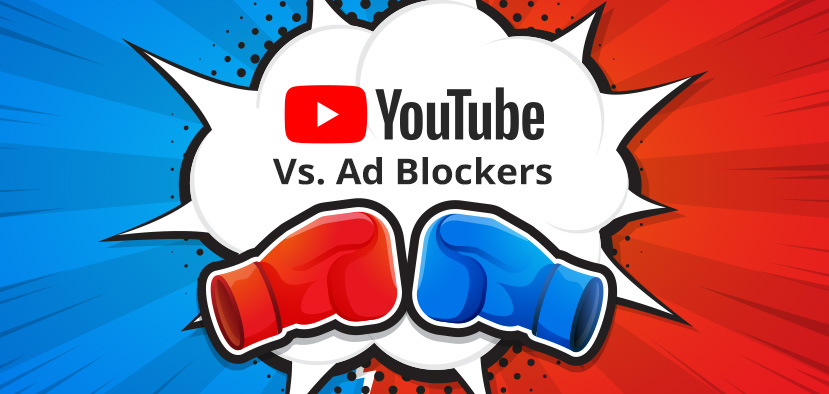YouTube's Server-Side Ad Injection Makes It Hard to Dodge Advertising
June 14, 2024
1 min 50 sec read
We know how annoying those ads can be when you only want to watch your videos, and they're getting more irritating by the day, with advertising techniques designed to force you to watch ads even at the expense of your viewing pleasure. YouTube, bless its little heart, has found another way to annoy you with those pesky ads.
Ad blockers, long the champions of ad-free content, may have finally met their match with YouTube's new "server-side ad injection" approach. This technology is a game-changer, making it increasingly difficult for ad blockers to function effectively.

With a new "server-side ad injection" approach,
YouTube is making advertising part of the core video file itself, increasing the challenge for ad blockers to distinguish between content for client software and extensions that filter out advertising.
In short, your ad blockers are confused.
By embedding ads right into video streams, the ads mirror the look of your content, completely skipping ad-blocker attempts to suppress them. This increases ad visibility and makes the ad campaigns even more effective.
While this is a victory for YouTube and its advertisers, the implications for viewers are less favorable. The new "server-side ad injection" approach means that ads are now seamlessly integrated into video streams, making them virtually impossible to block.
According to Google, YouTube's daddy, this move is only "part of its broader crackdown on ad-blocking" over the past year. Initially, the company targeted browser ad-blockers, then third-party apps, with each move aimed at protecting its all-important advertising revenue.
The battle for "ad-free" content is an ongoing issue with two sides to the coin. Users hate ads, but companies can't offer "free" content without them, thus the popularity of premium services that provide the "ad-free" content we all want.
But wait, users don't like that either. The bottom line, it seems, is that we all expect everything to be free these days, and that isn't how it works.
Google says, "Users are encouraged to subscribe to YouTube Premium," which offers the only real solution to ad-free content.
As far as how this whole thing really works, SponsorBlock, a crowdsourced extension to skip sponsored segments, said on X that YouTube is "experimenting with server-side ad injection" that offsets timestamps submitted to SponsorBlock, as ads become embedded into the actual video stream."
Currently, SponsorBlock is rejecting submissions from users encountering the embedded ads to avoid bad data.
Don't hold your breath, though, because Google is not very likely to spill the beans about how the server-side ad embedding works, but it will require changes to YouTube's core delivery infrastructure.
While embedded ad testing is still in its infancy, it will likely expand as YouTube continues its war on ad-blocking tools, so buckle up buttercup, and get ready to view those ads.
Want to read this in Spanish?
Spanish Version >>
